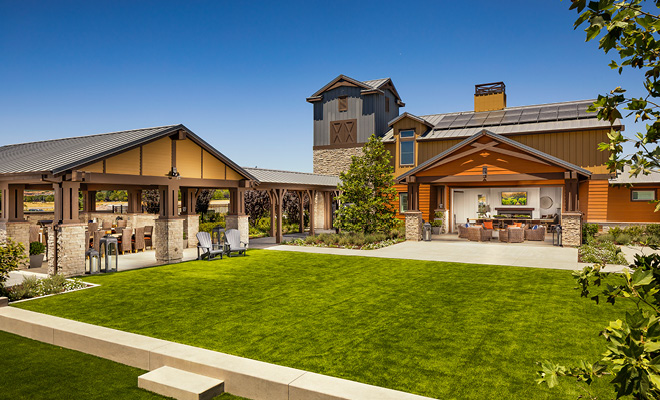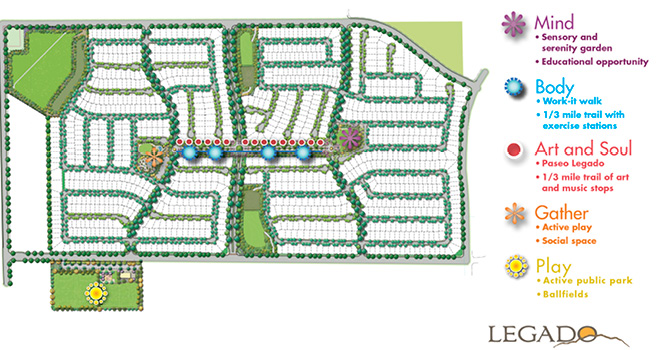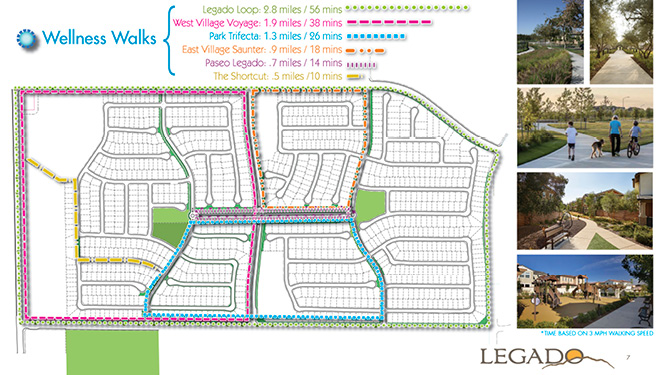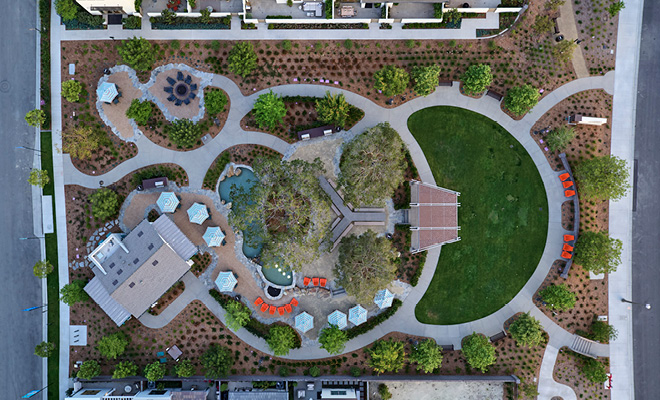Consciously Amenitizing

Recreation and amenities—some might say they are the cherry on top! These entertaining features, provided in communities across the country, have included everything from well-stocked clubhouses, waterpark-style pools, coffee stands and bars, gyms, teaching kitchens, community gardens, and anything in-between or beyond. As impressive as these community amenities are, each one greater than the next, buyer preferences and priorities continually change. As we emerge from the pandemic, today’s theories on planned community amenities is just as expected—ever-evolving, but with a focus on homeowner costs, health, and safety.
How can planned communities still include amenities that are attractive to buyers, without adding what feels like a second mortgage in HOA fees? For some communities, it is not a problem. Certain communities will continue to have higher HOA fees with all the amenity and concierge bells and whistles—there is a market for that! But that is not all markets. Many planned communities are targeting more attainable monthly payments with less luxury programmed features and more practical activities for today’s lifestyles. WHA is addressing these concepts by “consciously amenitizing”: understanding who the buyer is, what the threshold for additional spending is, and which features can still be “community cool” while also economically feasible for that particular market.

What impact has the pandemic had on how we are now programming amenities? It has directed WHA toward designing amenities that turn recreation buildings inside out or providing open areas only. Most popular are amenities offering fresh air with adequate spacing that focus on well-being for residents to feel healthy, safe, and have fun at their convenience.
Personally, pedestrian adventures (a.k.a. walks) have been a saving grace in my family’s quarantine months. Wellness walks can entail learning experiences; they always include my ankle weights and they’re enjoyable. When designing planned communities, simple trails and routed pathways are practical, entertaining, price sensitive, and great for body and mind. Let’s not forget the needs of our furry four-legged friends— dogs find similar enjoyment and benefits from these walks. Wellness walks can be designed in numerous ways that spark creativity and motivate movement. These were popular before COVID-19 and will likely be more so into the future.

Other overarching amenity themes are less formally programmed open space with areas to simply spread out. These areas can be flexible and temporarily programmed, with safe-distance exercise programs or playful competitions. Programs and activities are still a part of amenity concepts, but with a greater focus on technology to coordinate, advertise and provide classes by way of the internet.
Consciously amenitizing, in whatever shape or form, provides the glue for community togetherness and, of course, helps sell homes in the community.





Leave a Reply